Safest Flea Prevention for Cats: A Complete 2025 Owner’s Guide
Fleas are one of the most common parasites that affect cats, causing constant itching, skin irritation, and even serious health problems. If left untreated, fleas can spread quickly in multi-cat environments or outdoor areas. Many pet owners worry about finding the safest flea prevention for cats, especially when dealing with feral cats, stray cats, or outdoor cats. In this guide, we’ll explore proven, veterinarian-approved methods to protect your cat and keep them comfortable and flea-free.

Why Safety Matters in Flea Prevention
Choosing the right flea prevention is not just about effectiveness—it’s about safety. Cats have sensitive systems and can react poorly to certain chemicals. The wrong product may cause allergic reactions, neurological issues, or even toxicity. Safe flea prevention focuses on:
Matching the product with your cat’s age and weight
Using veterinarian-recommended medications
Combining medical treatment with home and environmental control
Flea Control for Feral Cats
Risks of Fleas in Feral Cats
Feral cats often live in large colonies where fleas can spread rapidly. These cats are at higher risk of flea allergy dermatitis, anemia, and transmission of blood parasites. Because they are difficult to handle, flea control strategies must be both safe and practical.
Safe Options for Feral Cats
The most practical solutions for feral cats include long-lasting topical treatments or oral medications that can be given with food. In addition:
Topical flea treatments are effective for weeks at a time
Oral flea control can sometimes be hidden in wet food
Environmental treatment at feeding stations helps reduce reinfestation
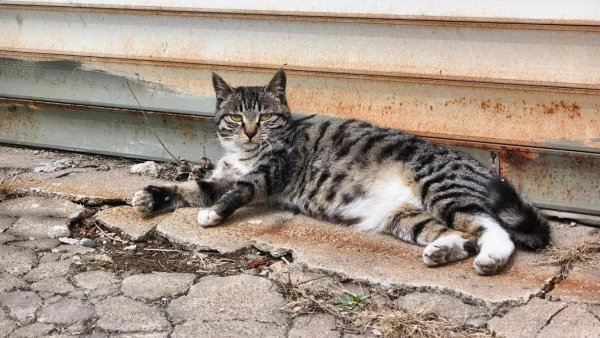
Flea Treatment for Feral Cats
Challenges in Treating Stray Cats
Stray cats are more likely to carry heavy flea infestations, especially if they are nursing mothers or kittens. Over-the-counter flea sprays or collars may not be safe for all stray cats, so care must be taken to avoid harm.
Safe Treatment Choices
When treating stray cats, the following steps are considered safest:
Conduct a basic health check before flea treatment
Use gentle grooming methods, like flea combs, for weak or malnourished cats
Gradually introduce topical flea treatments once the cat is stable
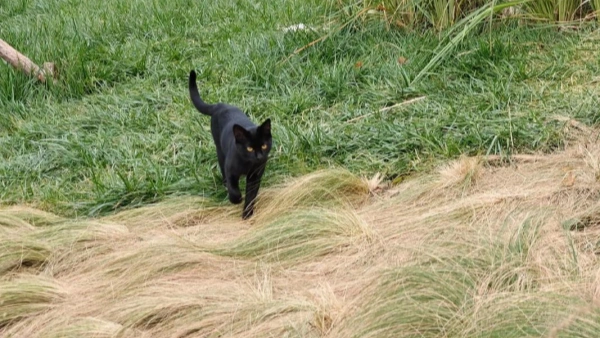
Outdoor Cat Flea Treatment
Why Outdoor Cats Are at Higher Risk
Outdoor cats roam in grass, wooded areas, and neighborhoods, making them highly exposed to fleas, ticks, and mites. Because of constant reinfestation risks, prevention must be consistent and long-term.
Best Prevention Methods for Outdoor Cats
For outdoor cats, veterinarians recommend a combination approach:
Monthly topical flea treatments for continuous protection
Flea and tick collars that provide dual protection
Routine grooming and inspection after outdoor activity
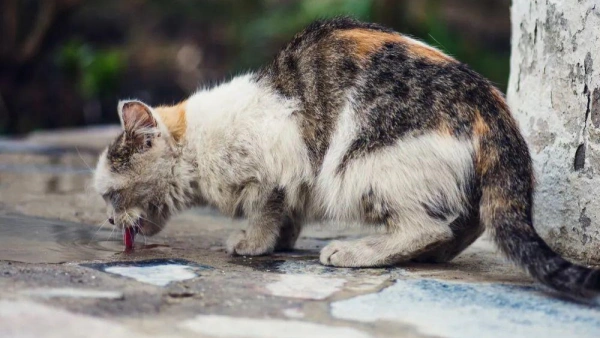
Kittens and Pregnant Cats
Kittens under 8 weeks and pregnant or nursing cats require special care. Most chemical flea preventives are not safe for them. Instead:
Use flea combs and warm baths for kittens
Keep bedding washed and surroundings clean
Only use veterinarian-prescribed medications if absolutely necessary
Natural Alternatives: Do They Work?
Many pet owners prefer natural flea prevention, such as coconut oil, apple cider vinegar sprays, or herbal repellents. While these may provide mild protection, they are rarely effective during heavy infestations. Natural remedies are best used as a supplement to traditional treatments, not a replacement.
Everything Our Vets Recommend
Safest Flea Prevention for Cats FAQs
What is the safest flea prevention for cats?
The safest option is a veterinarian-recommended topical or oral treatment tailored to your cat’s age, weight, and health status. This should always be combined with regular cleaning of your cat’s living area.
How often should outdoor cats receive flea prevention?
Outdoor cats should receive flea prevention every 4–6 weeks, along with a flea and tick collar for extra protection.
Can natural remedies replace flea medications?
Natural remedies can help in mild cases but cannot fully replace medical flea prevention, especially in severe infestations.
Final Thoughts
The safest flea prevention for cats is a combination of veterinarian-approved treatments, proper timing, and consistent environmental care. Whether you are caring for a feral colony, helping stray cats, or protecting your outdoor companion, safe and proactive flea prevention ensures your cat stays healthy, comfortable, and free of parasites. Take action today—consult your vet and start a safe flea prevention plan tailored to your cat’s needs.
You May Like:
- How Do You Know if a Cat Has Fleas in 2025: Vet Insights
- How to Kill Fleas on Cats Fast: Updated 2025 Care Guide
- Best Chewable Flea and Tick for Cats: Hidden Risks to Know
- Best Flea and Ear Mite Treatment for Cats (2025 Review)
User Comments
Does flea treatment kill ear mites too?
Can dogs take human probiotics?
Can dogs have people probiotics safely?
Related Articles
View all
How Often Flea Treatment Cat? Most Owners Get This Wrong
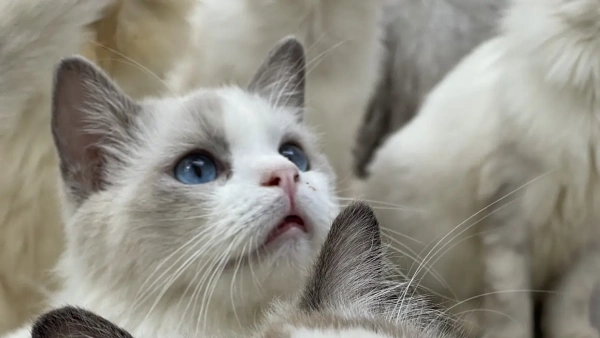
How to Apply Flea Medicine on Cats: Beginner’s Guide
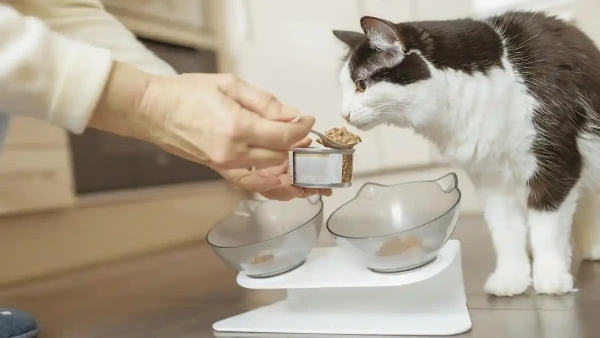
Best Cat Flea Spray for Cats in 2025: Vet Approved
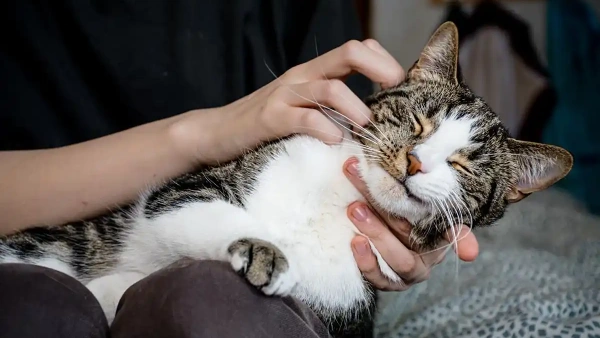
Where to Put Flea Treatment on Cat: Updated 2025 Guide

How Often Flea Treatment Cat? Most Owners Get This Wrong

How to Apply Flea Medicine on Cats: Beginner’s Guide

Best Cat Flea Spray for Cats in 2025: Vet Approved

Where to Put Flea Treatment on Cat: Updated 2025 Guide
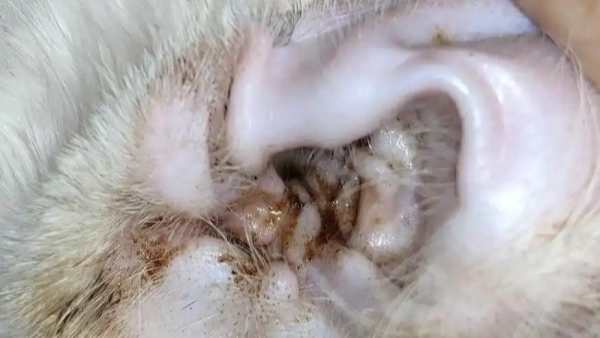
Best Flea and Ear Mite Treatment for Cats (2025 Review)

Safest Flea Prevention for Cats: A Complete 2025 Owner’s Guide

Flea Spray for Kittens: Best Options and Vet Advice 2025

Fleas on Newborn Kittens: Complete Treatment and Prevention
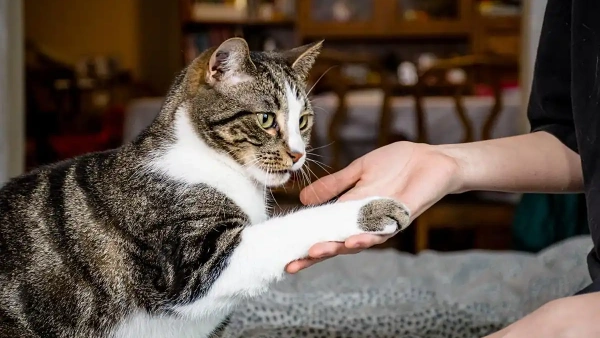

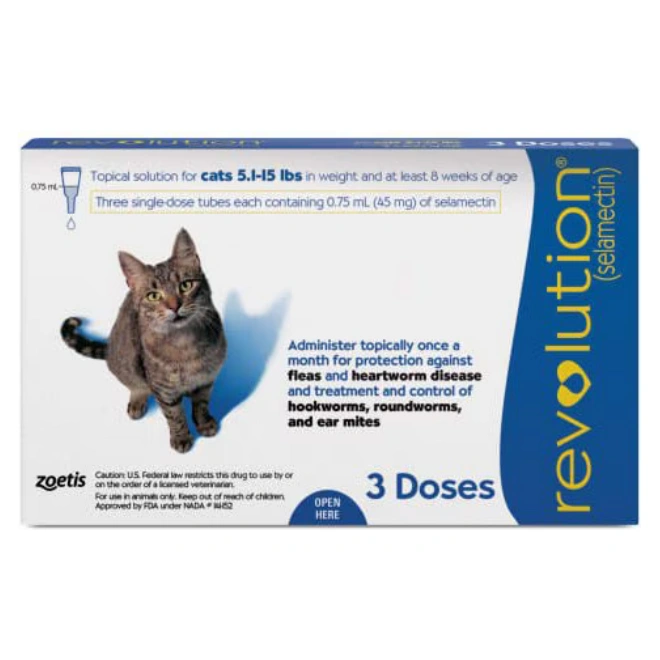
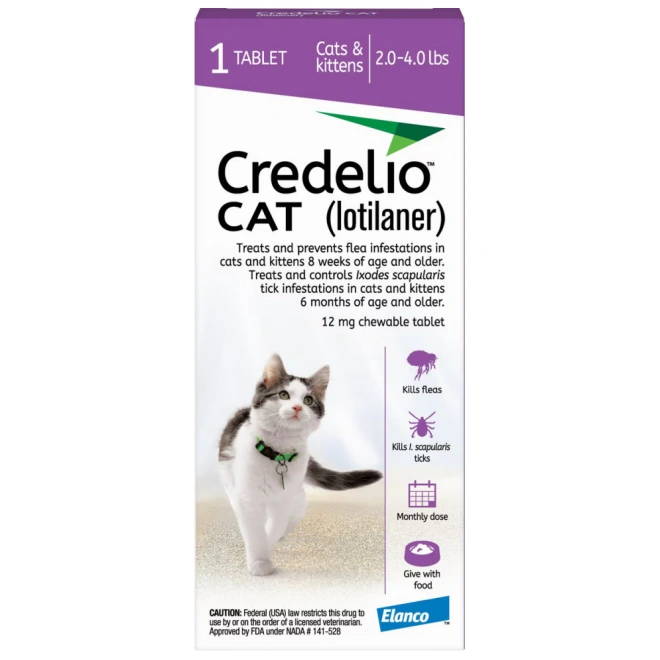
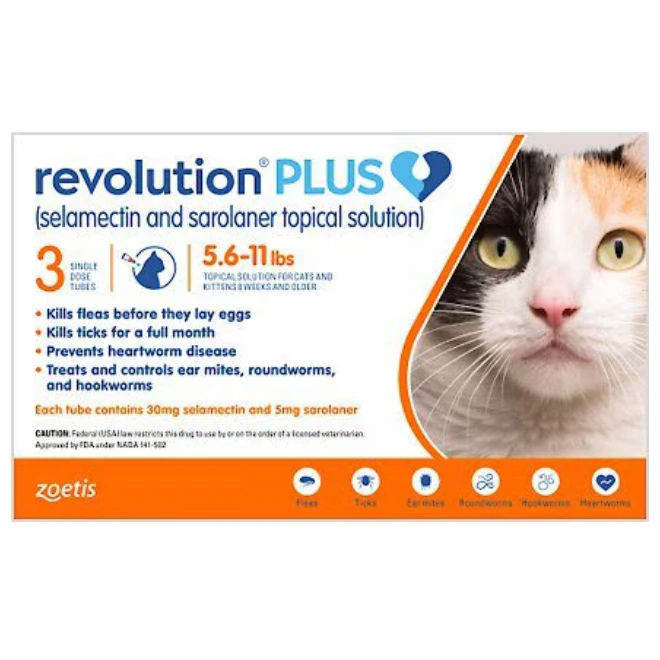
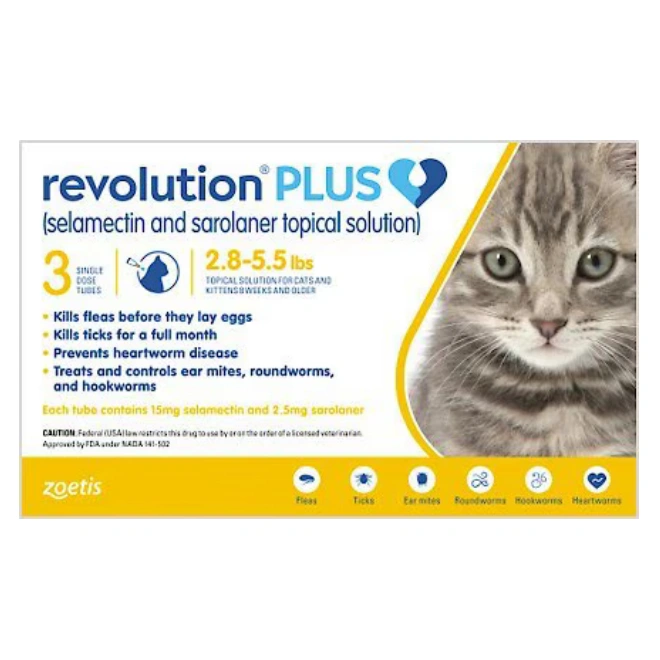








Leave a Reply